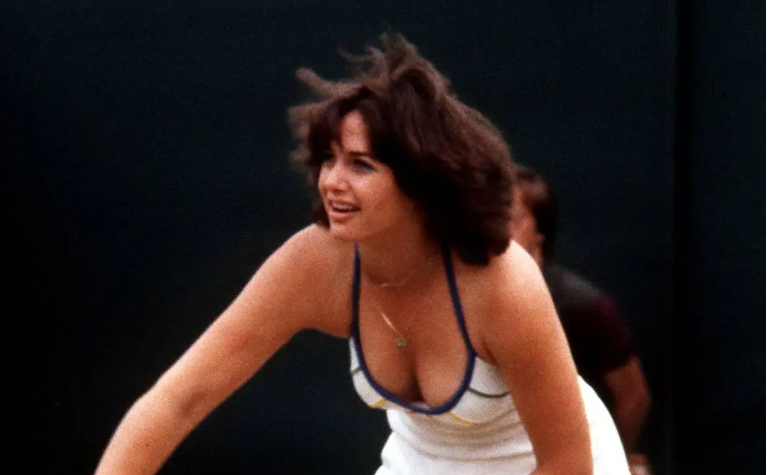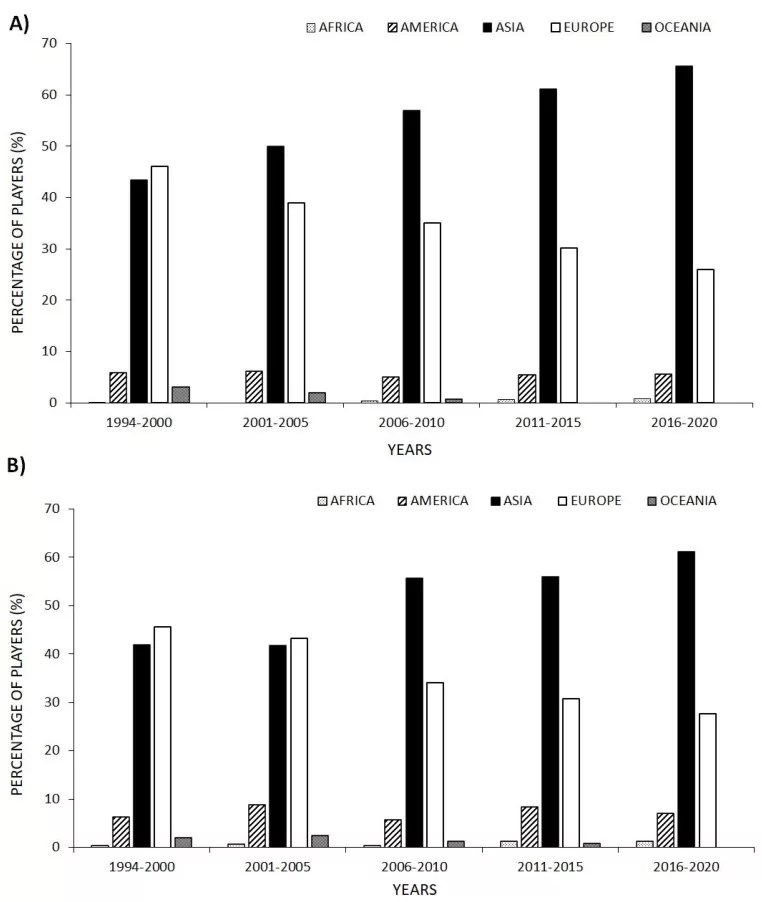Think about tennis players. What comes to mind? Now think about badminton players – what comes to mind?
When most people think about tennis players, a vision of players with distinct characteristics or personalities comes to mind. Some beautiful, yes – even sexy. Others, because they have cultivated a certain image; “the mad man”, “the screamer”, “the gentleman” etc.
Thinking about badminton players, people know the names of the top players. But when it comes to their personalities, it is difficult to differentiate – generally speaking. They are all so very nicely behaved. In fact, the majority behave in a very conservative manner. Just like tennis and golf players decades ago.
the popularity of a sport and its players relies on many factors. One important factor has to do with the personality of the athletes

As mentioned, the sport of tennis is loaded with personalities who stand out. Some are known for their temperament (John McEnroe), others for their external beauty or sexy image (Chris Evert, Anna Kournikova, and many more). Others are known for their kind and gentle demeanor (Roger Federer). We’re sure you can think of many more tennis players with distinct personalities.
Unfiltered personalities: Smashing racquets is part of the drama of tennis. Think of it what you like, but seeing a player smash one or several racquets, is – let’s say – interesting. Such a blunt show of emotions hardly ever happens at the highest level of badminton. Players are very controlled and behave (awfully) correctly.

She dared to be different – and it paid off
A few badminton players have added some interesting layers to their brands. One of the frontrunners is Malaysian mixed-doubles player ms. Goh Liu Ying. She’s added a bit of glamour to badminton. Her eye-catching and colorful outfits stand out.
A part-time model and professional badminton player, Goh Liu Ying is quoted as saying: “Before I go out, I always check the mirror to see if I look good. It boosts my confidence. Before I stride onto the badminton court, I must feel confident. Maybe 10% or 20% of it comes from the way I dress”.
I feel it is refreshingly honest and transparent. And we need more Goh’s on the badminton tour.
Judging from her social media following, Goh Liu Ying has succeeded in creating a strong personal brand. And that’s especially important to badminton players. Because – unlike even mediocre tennis players – professional badminton players don’t get rich from winning tournaments. Their main income comes from sponsors. Something business-savvy Goh Liu Ying is very wary of.
According to sports branding expert Oliver Shepherd, “audiences are more likely to root for multi-faceted players. Sure, badminton fans appreciate highly skilled players. But when a player shows feelings and lets their personality shine through, fans are more likely to root for them.”
Needless to say, building a personal brand must be anchored in the personality traits of the player. But at the same time, badminton players must be willing to use what they have to attract and retain more fans. So if a player is physically attractive; flaunt it. If a player is disposed to reveal certain emotions, don’t hold back.
Building a distinct personal brand can add millions to the career earning of a badminton athlete.

In 1979 Linda Siegel borrowed a pretty dress for her Wimbledon debut. While the dress was a perfect fit initially, she slowly fell out of it point by point. Naturally, the press had a field day, and – at least part of – the audience didn’t mind the experience. Once again tennis managed to take the front seat in terms of media coverage. And once again it had nothing to do with the sport itself.
Badminton is trailing tennis in so many ways. Badminton might never catch up, but at least we should try to improve the overall appeal of the sport. One of the ways to do that is to work on the player branding side of things.
So while tennis, golf, and football consistently benefit from both serious and colorful media coverage, this is hardly ever the case for badminton. In recent years stories involving the sad news of Kento Momota’s accident, Viktor Axelsen’s chartered plane story, or, locally in Denmark (Danish single player) Mia Blichfeldt’s hardship dealing with anxiety, received significant coverage. And that’s about it.
In many countries, even the most fantastic badminton results get little or no media coverage. Of course, there are exceptions. In Indonesia, for example, badminton is the de facto national sport. Hence the media coverage is intense. Outside Asia, the sport doesn’t get much coverage from local, national, or regional media.
Is it because the sport is too boring and too hard to understand for non-practitioners? Or is it because the top players are too clean, too polite, and scared of showing a bit of edge? Or might it be because the badminton organizations around the world aren’t doing a good enough job of promoting the sport?
Interestingly, promoting the sport of badminton has been a challenge for the longest time. In 1928 former All-England badminton champion Miss Radeglia, took it upon herself to promote the sport through articles like this one.
Flag-wrapping backfired for Anders Antonsen
Wrapped in the Danish flag, Anders Antonsen once made a showmanship-like entrance reminiscent of former years’ great boxing champs entering the arena. Awesome, we think. Unfortunately, Anders lost the final by a big margin and subsequently got ridiculed for his so-called antics. I personally salute Anders for having the guts to be different.
Badminton has a long way to go compared to the likes of tennis and golf.
The truth is: sex appeal attracts. But so does a quirky personality or a different approach to the sport.
I am not advocating for more badminton players to acquire a public image of being sexy or smashingly good-looking. But I do believe we need more players who stand out on and off the court. It really is a win-win situation for the players involved, their sponsors, the fans, and – most importantly – the sport of badminton.
Badminton players work your brand DNA
To change the status quo, badminton players need to take the front seat. They need to work on their brand DNA, and understand how they may differentiate themselves on- and off the court. It doesn’t take much effort, but the benefit is real. Players will attract more fans, more sponsors, and more attention.
Get the Badmintonspeak.com newsletter to stay abreast of the latest developments in badminton





























